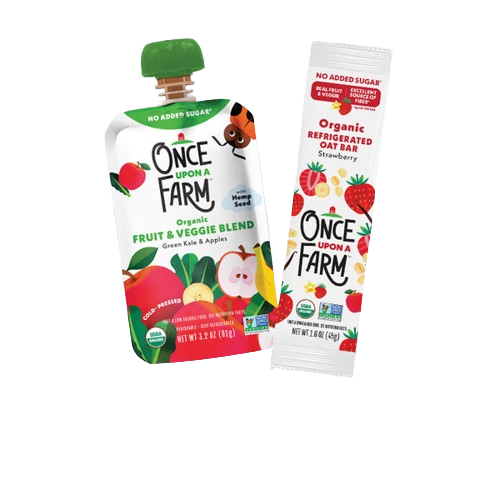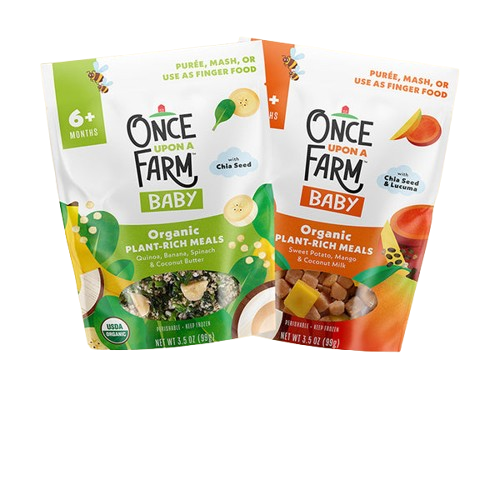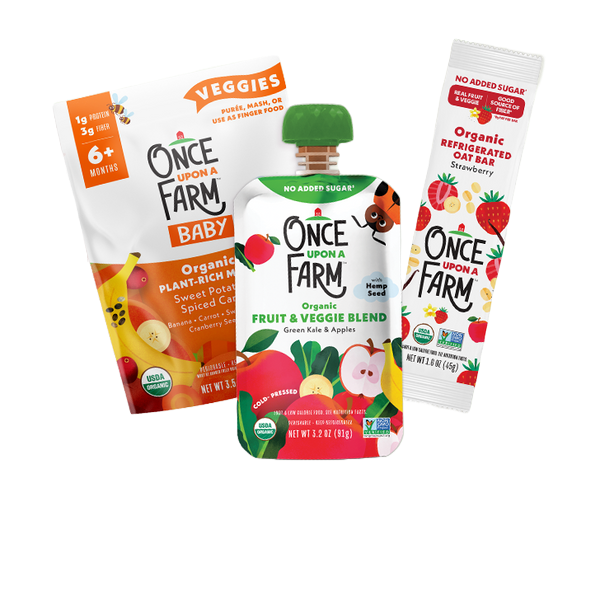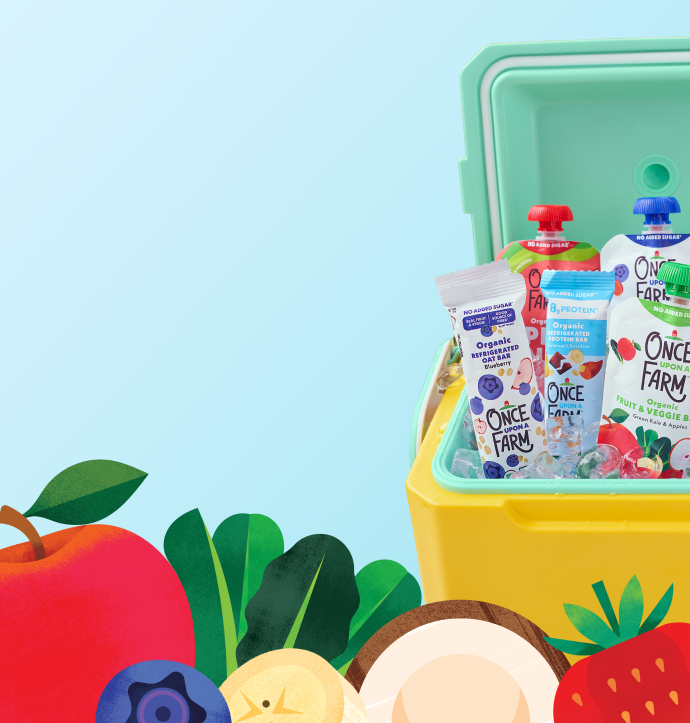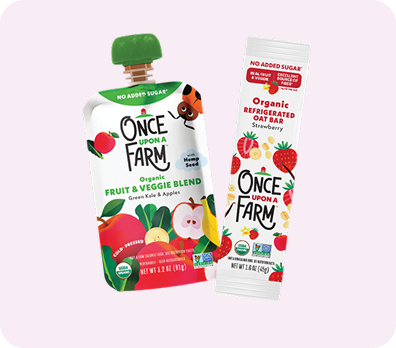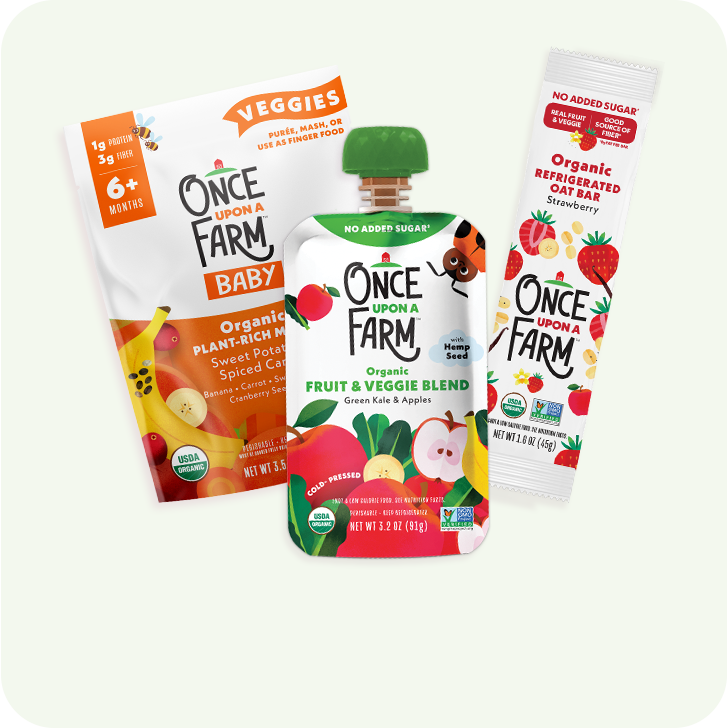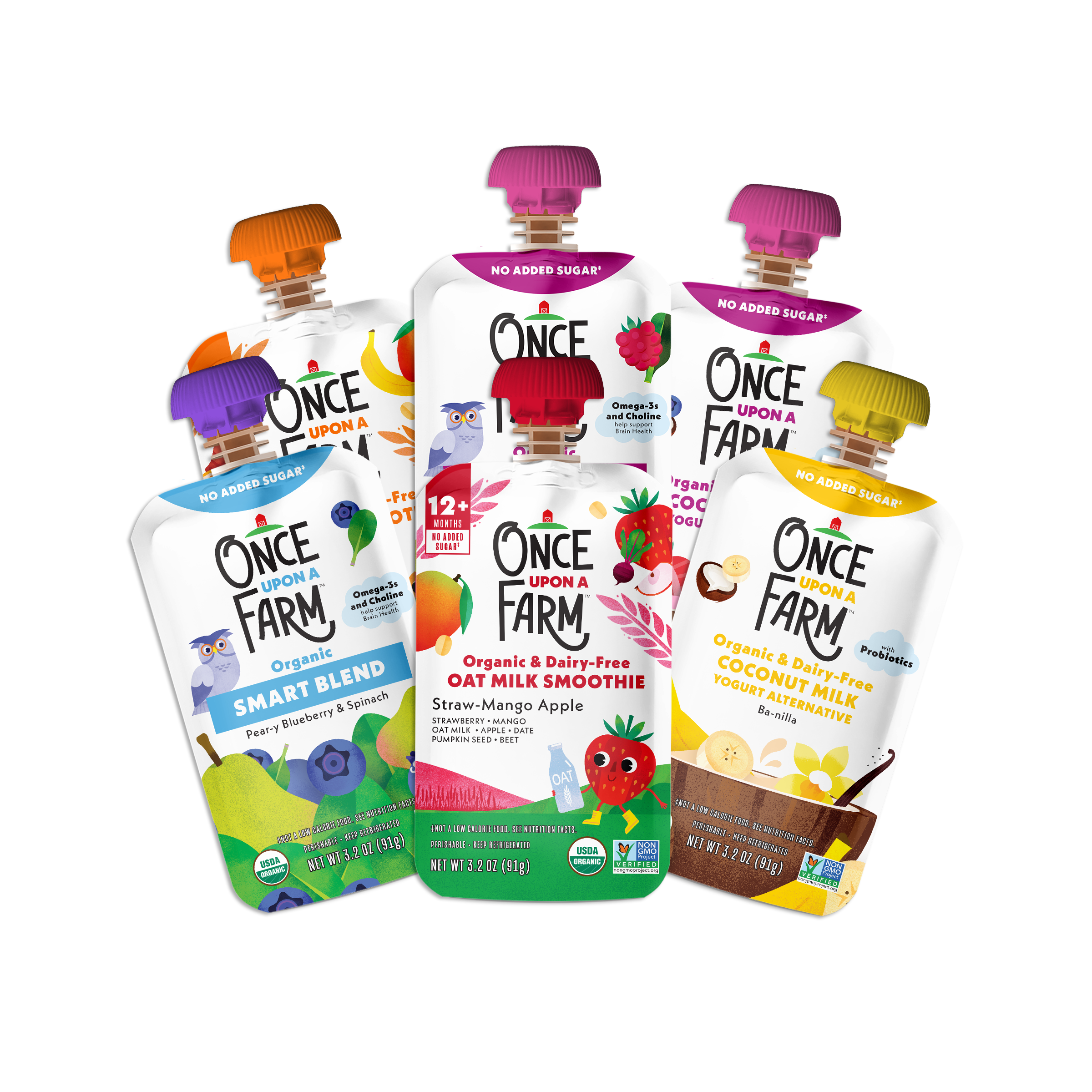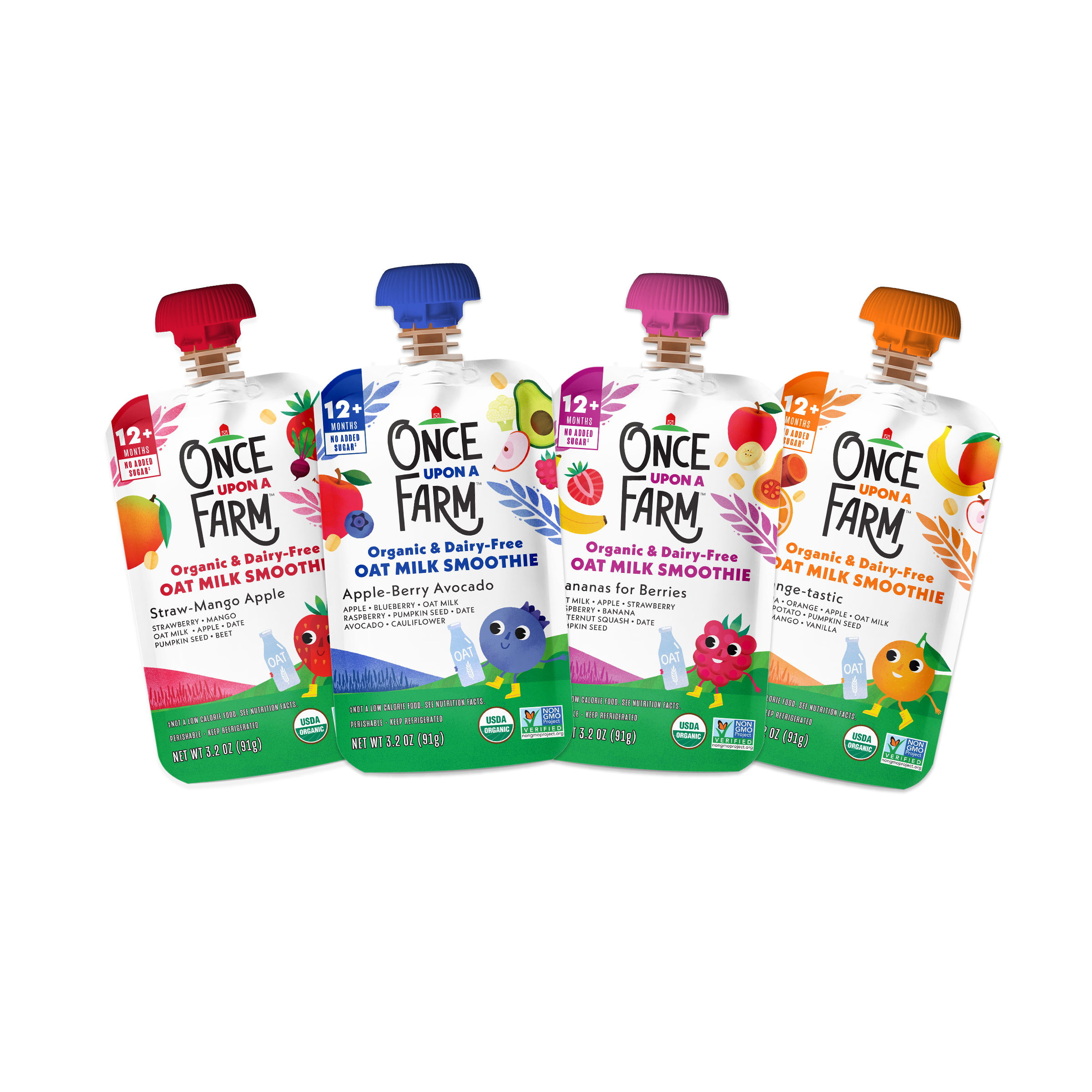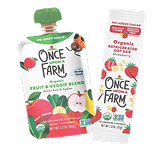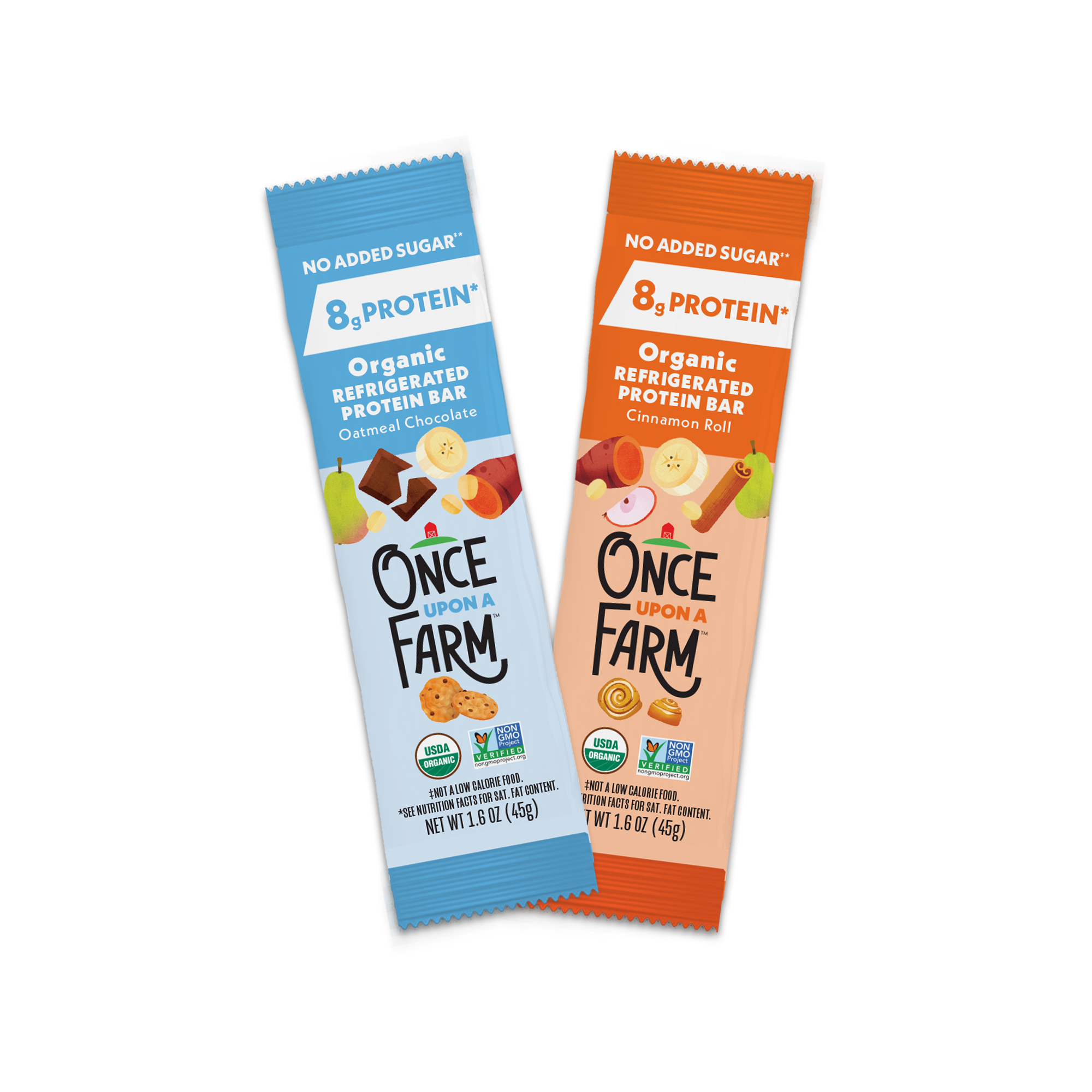“Eat your vegetables” is a refrain most of us are familiar with—starting with our childhood dining tables and our pleading parents. Now, as parents ourselves, it’s likely again part of our nightly conversations as we try to encourage our own little ones to eat their greens (and reds and oranges and purples, too!).
Sometimes it’s as easy as pointing out to our toddler that broccoli looks like trees (neat-o!). But more often than not, it’s going to require a bit more finessing: some encouraging chats, some creative food prep, and—as always—a full serving of patience and understanding on our part.
Talk About Veggies
When talking to our kids about vegetables (and nutrition in general), it’s important to do so in a way that’s appropriate for their age. As kids’ dietitian and picky eater expert Kacie Barnes, MCN, RDN, LD (@mamaknowsnutrition) says, “A 2-year-old and 5-year-old are going to be able to understand different complexities of nutrition.”
As they grow, your child will be able to understand more, which means you can evolve how you talk to them. For example, Barnes says you can start by saying, “‘Orange food helps us see,’ which can become, ‘orange food like carrots can give us better eyesight,’ which can eventually expand to ‘carrots (and other orange foods) have vitamin A in them which helps promote good eyesight’.”
Offer Variety
To help encourage a love of veggies, Barnes suggests offering them in different forms “to show kids that they might like them in different dishes or served different ways.” She has some great ideas:
- Dice up veggies really small and serve them in an omelet or scrambled eggs
- Serve in thin spears with dips like ranch dressing or hummus
- Replace pasta with veggie noodles and serve with tomato sauce
- Add some shredded cheese to steamed broccoli
Make It Fun
Incorporating play into food prep and meal time is a terrific way to keep kids engaged and get them excited about eating vegetables. A few easy tricks:
- Go with a classic like Ants on a Log (place peanut butter in a celery stalk and top it with raisins) or try making other fun creature creations out of your veggies
- Arrange veggies on their plate to make a funny face or other familiar design (hot tip: a sliced bell pepper forms a great smile)
- Remember, variety is key and lots of color is always exciting
Pouches Are Your Friend
Some days it may seem like the only vegetable your kid will eat is in pouch form. Thankfully, “Eating fruits and vegetables in pouch form is still totally okay!” Barnes says, “They get the same benefits of the micronutrients and some of the functional aspects of the foods, but they can sometimes miss out on the fiber.”
As always, read the labels, and look for pouches that deliver on nutrition—pouches packed with veggies, no added sugar, and some source of fiber (may we suggest the OhMyMega Veggie! Pouch). “Smoothies, pouches, add-ins like flax seeds and chia seeds,” Barnes says, “these can all be ways to boost nutrition for your child while you work together to expand their diet!”
Don't Give Up
If you have an extra-picky eater, don’t give up, but also don’t push too hard. “Picky eaters don’t usually respond well to pressure.” Barnes reminds us. “Keep mealtimes fun and light-hearted, sit down with your picky eater when you can, and be creative about ways you can add nutritious items to their diet if it starts off in a limited place.”

